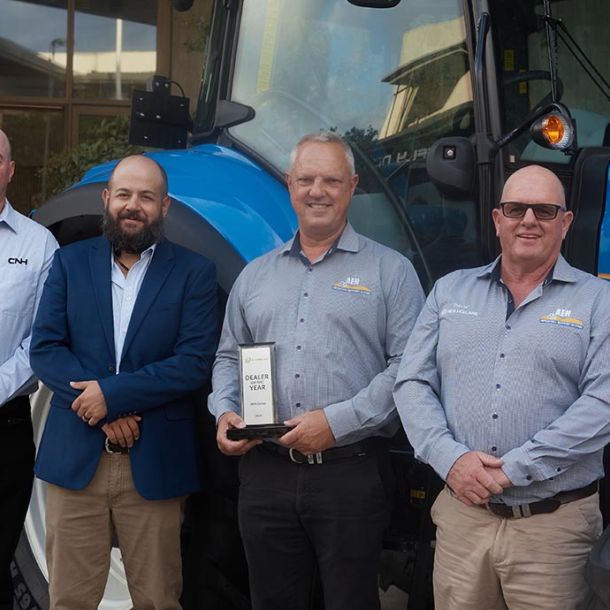Don’t Leave Your Yields Out in the Cold
Cold season in Australia means the susceptibility of paddocks to encounter frost events increases. While frost potential in the southern half of the country and in Tasmania can extend to cover over 150 days per year according to some government models , the reality of frost events is more nuanced than a simple map’s predictions.
Frost events are highly localised and vary dramatically. While temperature is a factor, frost is also dependent upon topography, with low-lying areas called frost pockets or frost hollows being more prone to frost events. The likelihood of frost is also based upon non-temperature-related factors like cloud cover, humidity and surface winds. Clear skies, high humidity and still winds are the perfect conditions for a frost event, but vary even one of those factors and even low-lying areas could avoid frosts. The resultant frost damage has long-term implications, particularly for yields on wheat and cereal crops during the next growing season.
Since managing ambient environmental factors is outside of the control of farmers and crop producers, avoiding frost damage to paddocks is usually limited to mechanical means – tarps, sprinkler systems, and other interventions – and even those are difficult to enact over large areas. But government and university research suggests that stubble management can have far-reaching impacts for plant growth and crop yields in growing seasons to come.
Heavy stubbles, especially stubbles from pulses with excess vegetation like those from the 2020 growing season, can have an adverse reaction on the ground’s ability to fight off frost events via ambient ground and moisture controls, even into subsequent growing seasons. Soil serves as “heat sink” or “heat bank,” absorbing radiant heat – or longwave solar radiation, in scientific terms – from the sun and moderating to air temperatures during the day and releasing that latent heat during the evening/non-sun hours. This rising warm air forms an important barrier between surface crops and the cooler air descending from the atmosphere.
Thick, heavy stubble impedes the soil’s ability to absorb radiant and ambient heat. Since stubbles are “dead” carbon (as opposed to soil’s “living” environment of microorganisms) sitting on top of the soil profile rather than integrated into it, they act as shade, blocking sun, reducing the amount of heat the soil can absorb, and trapping too much moisture due to lack of evaporation. In the hot months, moisture evaporation can be a concern, but during cooler months with frost potential, trapped moisture and cooler air create greater potential for issues. The cooler temps exacerbated by high-stubble paddocks mean slower development of plant biomass, delayed flowering, slower or reduced tillering, and less well-developed heads.
Managing frost potential with past-season stubbles is largely a matter of re-sizing and integrating the stubbles into the soil as residues with mechanical interventions like the K-Line Ag Trashcutter® or the multi-tillage and integration tool, Speedtiller®. Doing so allows the stubbles-turned-residues to provide “best of both worlds” benefits – better soil quality and erosion control due to the presence of organic matter, and better heat sinking and moisture evaporation qualities due to more exposed soil.
While environmental factors like frost are an unavoidable aspect of topography and the vagaries and capriciousness of weather, managing stubble loads can make a frost event less impactful for future yields.








